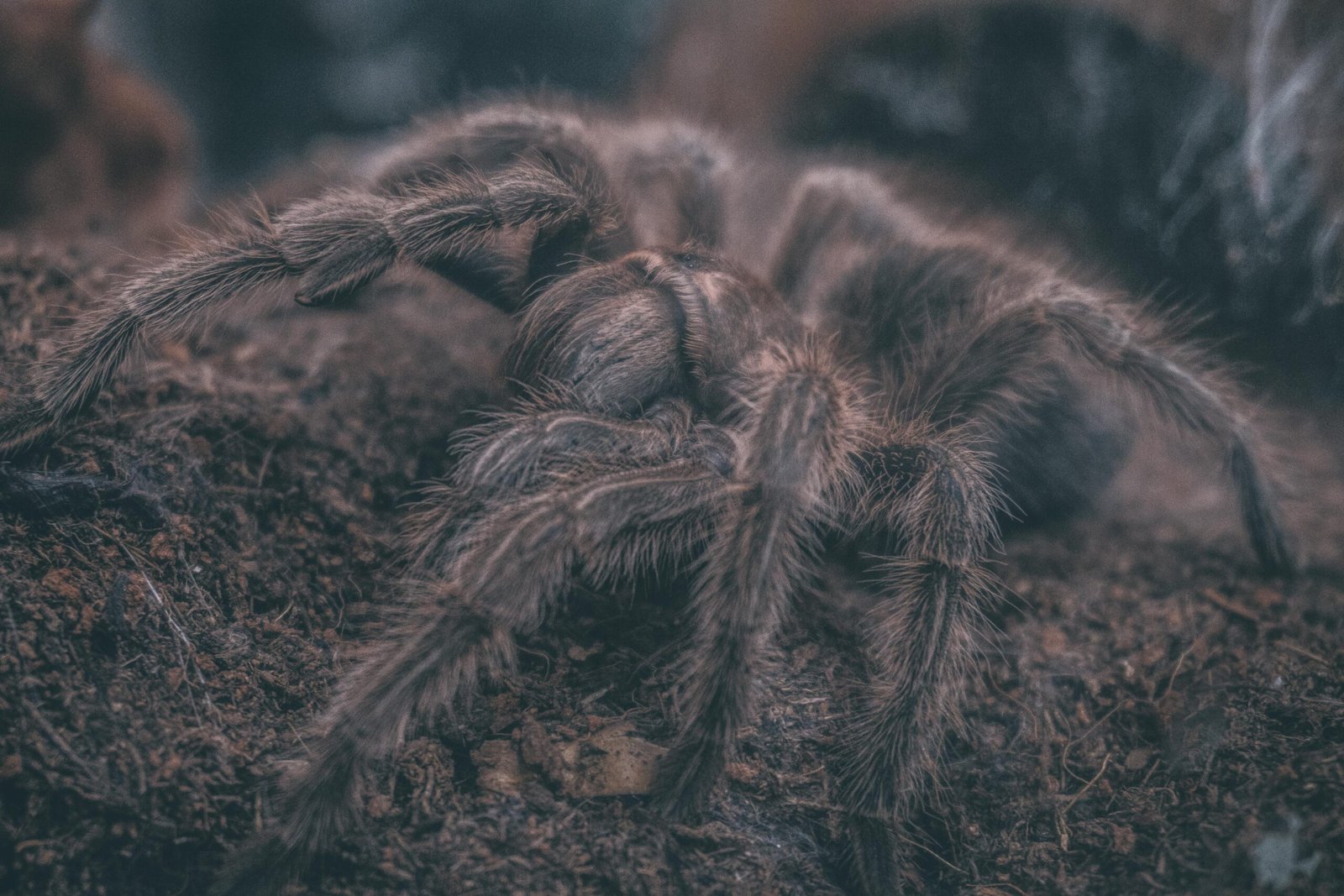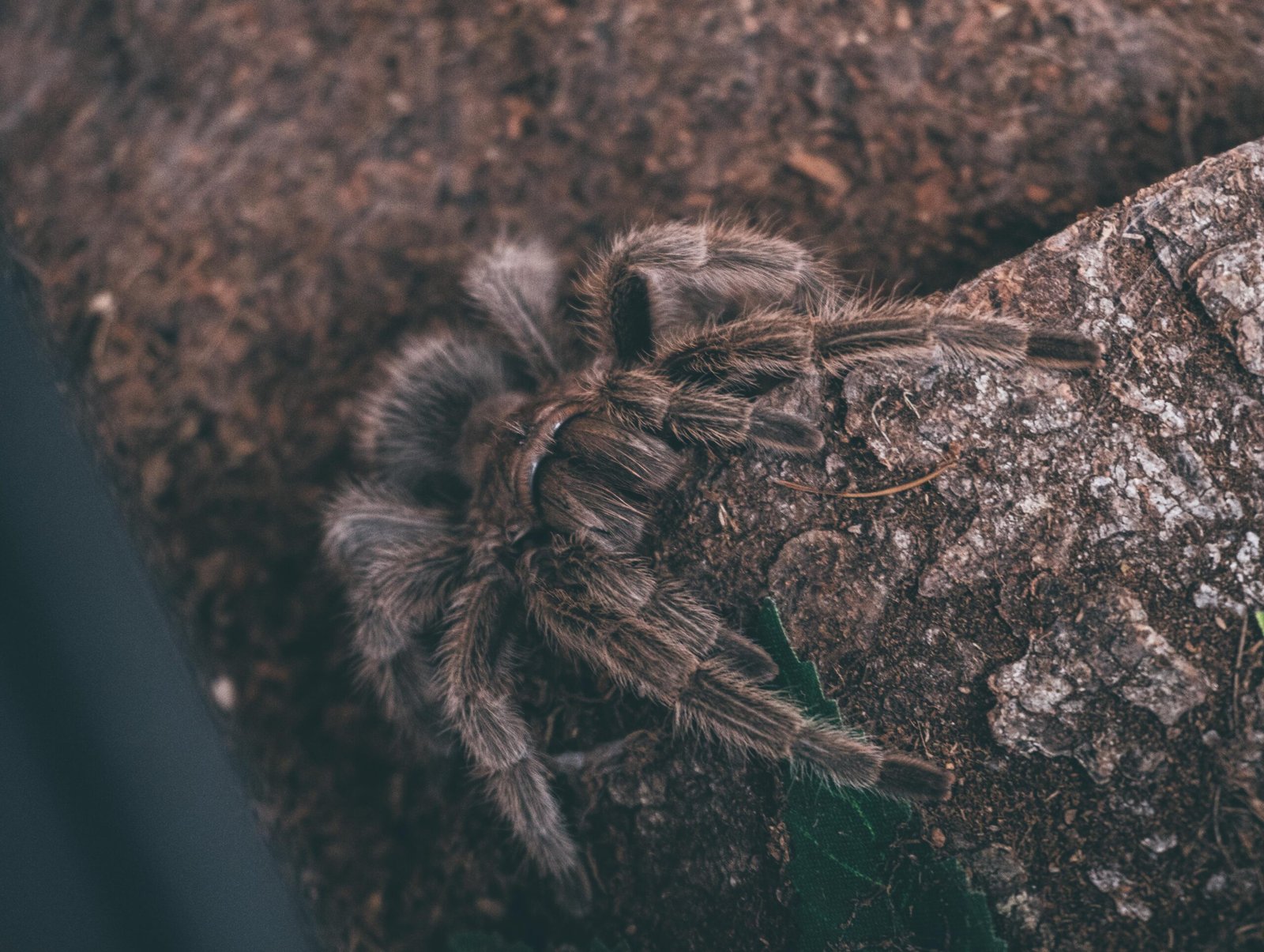If you’re a proud tarantula owner and have recently set up a bioactive habitat for your eight-legged friend, you might be wondering how often you should be changing their substrate. Well, fear not! In this article, we will explore the recommended frequency for changing a tarantula’s substrate in a bioactive setup, ensuring your spider has a clean and healthy environment to thrive in. So, let’s dive right in and discover the secrets to maintaining a happy home for your beloved arachnid.
Factors to Consider
When it comes to changing a tarantula’s substrate, there are a few factors that you need to consider. These factors include the type of substrate being used, the presence of mold or odor in the enclosure, and the behavior and health of your tarantula.
Type of Substrate
The type of substrate you use in your tarantula’s enclosure can greatly impact the frequency at which you need to change it. Different types of substrates have different moisture retention properties and decomposition rates. For example, substrates like coconut fiber or potting soil tend to hold moisture for longer periods of time and break down more slowly. On the other hand, substrates like vermiculite or sand have less moisture retention and decompose more quickly. It’s important to choose a substrate that not only suits the natural habitat needs of your tarantula but also matches your desired maintenance level.
Presence of Mold or Odor
Mold or unpleasant odors in your tarantula’s enclosure should be considered as a sign that a substrate change is necessary. Mold can develop in the presence of excess moisture and can potentially harm your tarantula. Similarly, foul odors can indicate that the substrate has broken down or become contaminated. Regular monitoring of the enclosure is important to catch these signs early and take appropriate action.
Behavior and Health of Tarantula
The behavior and health of your tarantula should also be taken into account when determining the frequency of substrate changes. If your tarantula is exhibiting unusual behavior, such as spending more time on the substrate or excessive grooming, it may be an indication that the current substrate is no longer suitable. Additionally, if your tarantula is showing signs of illness or discomfort, a substrate change may be needed to maintain its overall health and well-being.

Signs for Substrate Change
Now that we have discussed the factors to consider, let’s take a closer look at the signs that indicate a substrate change is necessary.
Compacted or Dirty Substrate
A compacted or dirty substrate is a clear sign that it needs to be changed. Over time, the substrate can become compacted from the weight of your tarantula walking on it, leading to poor air circulation and increased moisture retention. Additionally, debris such as shed exoskeletons, uneaten prey items, or feces can accumulate in the substrate, creating an unsanitary environment for your tarantula. Regularly inspecting the substrate for compaction and cleanliness is crucial in maintaining a healthy enclosure.
Presence of Mold or Fungus
The presence of mold or fungus on the substrate is a strong indication of a need for a substrate change. Mold and fungus thrive in damp and poorly ventilated environments, and can pose serious health risks to your tarantula. If you notice any signs of mold or fungus, such as discoloration, fuzzy growth, or a musty smell, it is essential to take immediate action and replace the substrate.
Foul Odor
A foul odor coming from the enclosure is a definite red flag that the substrate needs changing. This odor is usually a result of the breakdown of organic matter in the substrate. It could be due to accumulated waste or decomposition of organic material, which can create harmful gases and toxins. It is crucial to address this issue promptly to prevent any negative effects on the health of your tarantula.

Recommended Frequency
Now that we have covered the signs that indicate a substrate change is needed, let’s discuss the recommended frequency for changing your tarantula’s substrate in a bioactive setup.
Basic Guidelines
In general, it is recommended to change the substrate in a tarantula’s enclosure every 3 to 6 months. However, this frequency can vary depending on the factors we previously discussed, such as the type of substrate, presence of mold or odor, and the behavior and health of your tarantula.
Observing Tarantula Behavior
It is important to pay close attention to the behavior of your tarantula. If you notice any changes or abnormalities in its behavior, such as increased time spent in its burrow or avoiding contact with the substrate, it may indicate a need for a substrate change. Remember that tarantulas are sensitive creatures, and they can provide valuable insights into their well-being through their behavior.
Monitoring Substrate Condition
Regular monitoring of the substrate condition is essential to ensure the health and comfort of your tarantula. Check for signs of compaction, dirtiness, mold, fungus, or foul odor on a regular basis. By keeping a close eye on the state of the substrate, you can determine when it is time for a change and take appropriate action.

Step-by-Step Substrate Change Process
Now that we have established the factors to consider and the recommended frequency for substrate changes, let’s go through a step-by-step process to guide you through a successful substrate change for your tarantula.
Prepare Necessary Materials
Before starting the substrate change process, gather all the necessary materials. This includes a suitable replacement substrate, a container to temporarily hold your tarantula, clean gloves, a clean spray bottle filled with dechlorinated water, and any additional tools you may need for removing the old substrate.
Remove Tarantula from Enclosure
Carefully remove your tarantula from its enclosure and place it in the temporary container. Be gentle and avoid causing any stress or harm to your tarantula during this process. Remember to wear clean gloves to minimize the risk of transferring any contaminants from your hands to the tarantula.
Empty and Clean the Enclosure
Next, empty the old substrate from the enclosure. Remove any debris, molted exoskeletons, or uneaten prey items. Thoroughly clean the enclosure using a mild soap or reptile-safe disinfectant. Rinse it thoroughly with water to remove any residue, ensuring that all traces of soap or disinfectant are completely gone. Allow the enclosure to dry completely before proceeding.
Add Fresh Substrate
Once the enclosure is dry, add fresh substrate to the desired depth. Be mindful of the specific needs of your tarantula’s species and replicate its natural habitat as closely as possible. Distribute the substrate evenly and make sure it is appropriately moistened to maintain the desired humidity level.
Reintroduce Tarantula to Enclosure
Once the fresh substrate is in place, carefully reintroduce your tarantula to its enclosure. Again, handle your tarantula with care and avoid causing any stress or harm. Ensure that the environment is suitable, with proper hiding spots and any necessary decorations.

Conclusion
Changing your tarantula’s substrate is an essential part of maintaining a clean and healthy enclosure. By considering the factors such as the type of substrate, presence of mold or odor, and the behavior and health of your tarantula, you can determine when a substrate change is needed. Regular monitoring and following the recommended frequency will help ensure the well-being of your tarantula. By following the step-by-step process outlined above, you can successfully perform a substrate change without causing unnecessary stress or harm to your tarantula. Remember, a clean and comfortable environment is crucial for your tarantula’s overall health and happiness.

